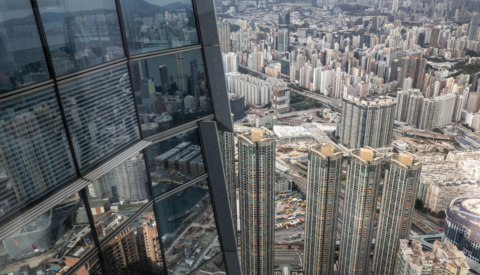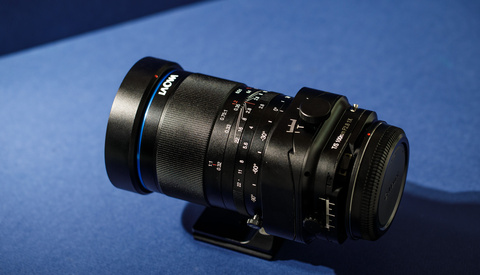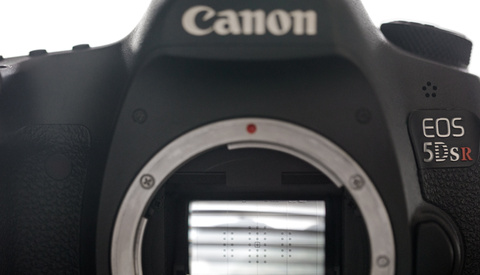We Review the Latest DJI Osmo Mobile 7P Gimbal for Professional Smartphone Videographers
DJI’s latest smartphone gimbal, the Osmo Mobile 7P, marks the brand’s seventh generation of innovative smartphone gimbals, bringing a completely new foldable design that’s even more compact and refined than before. It introduces a couple of pro features that really take content creation to the next level, including the new ActiveTrack 7.0 technology, which pushes three-axis stabilization and intelligent tracking to new heights. Compatible with a range of smart tools, capturing stabilized high-quality footage has never been easier. Judging by the letter “P” in its name and its expanded functionality, DJI seems to be clearly targeting the Osmo Mobile 7P toward pro smartphone videographers.



















